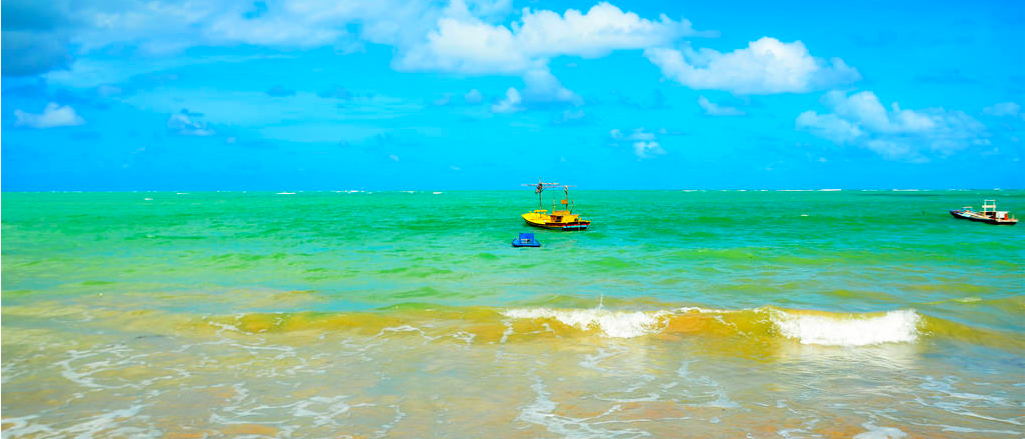New Scientist
Image: Rodrigo_Soldon
It wasn’t supposed to end this way. The 23-metre-long Nale Tasih 1, made with Stone Age tools and materials, was meant to recreate one of the truly epic prehistoric journeys: the first human crossing from Indonesia to Australia some 65,000 years ago. The voyage, in 1998, should have taken more than a week, but water sloshing around the crew’s feet on the first day was a clear sign. The team had to tow the doomed raft back to shore.
The very first humans to travel the oceans would have faced a daunting task, both physical and mental. By attempting to recreate their voyages, experimental archaeologists are helping to define the scale of that challenge. The Nale Tasih 1 expedition, however, was meant to help prove a grander theory. Its leaders say humans have been building and using watercraft to reach new lands for the best part of a million years. In other words, early humans – potentially including Neanderthals, Denisovans and Homo erectus – weren’t diehard landlubbers. They were mariners.
It is still a minority view, but one with profound implications. The ancient mariners theory could completely change our perspective on how early humans behaved and communicated with each other. Read more on newscientist.com…








